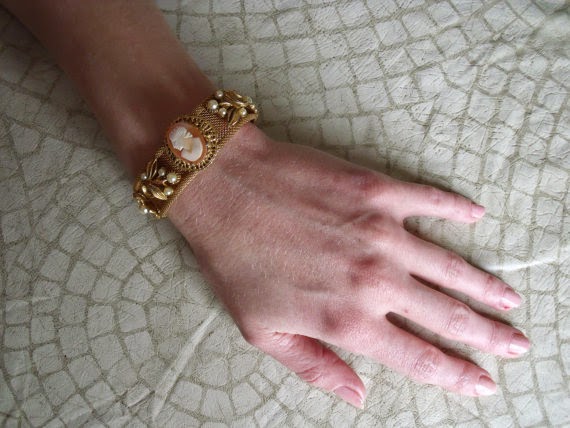You go strolling through your favorite antique mall or even flea market, or even at a garage sale. You happen to see a piece of Depression glass, and you think it’s the real deal. You look at the price on it and see that it’s reasonable, so you go ahead and buy it.
Once you get it home, you start to poke around either in
a reference book you have or online to see what you have. Then it hits you--you realize that the piece you
bought is a reproduction. What are some
things that do you can do with it?
There are many things that you can do with it. The first thing that you can do is to sell it
off either online or at an antique mall at the price that you paid for it. If you do this, I recommend that you describe
it as a reproduction so that everyone knows that you are being truthful about
it.
If you happen to give the reproduction as a gift to a
friend or family member, this gives you the chance to give a brief history
lesson on it. You could even take the
opportunity to show what the tell-tale signs are that make it a reproduction.
Another thing that you can do is to use it yourself. Vases could hold flowers, or even be used as
a hat stand. It could possibly even be
turned into a lamp.
If it’s a bowl, the sky’s the limit on what it can
hold. Paper clips, fruit, pens, and even
pocket change are a small sampling on what you can put in it.
And if it’s a candy dish, it could even hold something
like potpourri or even pens.
If you happen to have bought a reproduction, what kinds of creative ways have you used it for?

.JPG)
.JPG)
.JPG)
.JPG)


